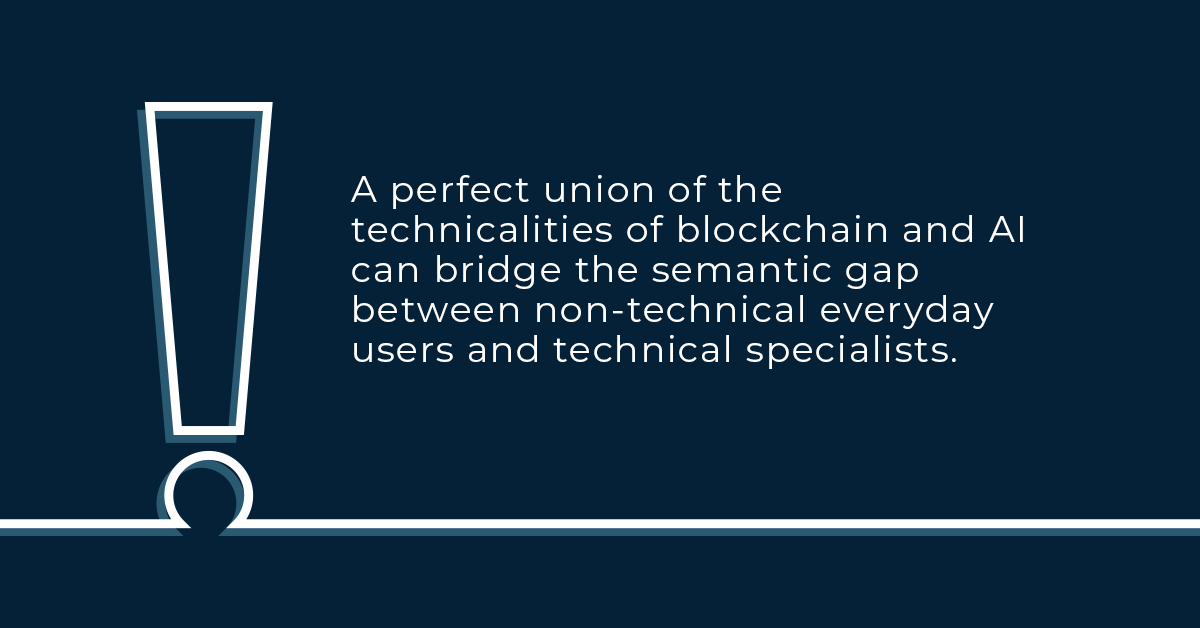In my first article for the Tranglo blog, I talked about SocialFi and its potential to shake up the cross-border payment industry. In this piece, I want to delve into a persistent issue that plagues our industry - interoperability or the lack thereof - and suggest a possible solution.
Interoperability: myth or achievable goal?
Fintechs are great at vertical scaling, but horizontal scaling leaves much to be desired. This results in a resource-intensive process every time there is a need for integrating different systems and platforms.
Consider this: Company A wants to start transacting with Company B. They have different integration methods and systems. We may be looking at weeks, if not months, of resource-hogging processes and collaborations before we see the light.
The payments space lacks a standardised interoperability platform that promotes collaboration while allowing flexibility and freedom in architectural choice.
The ISO20022 standard may yet address these issues, but its technical complexity and resource-intensive implementation have made industry leaders hesitant to adopt it.
Blockchain and AI integration as the solution
Blockchain and artificial intelligence (AI) integration can be our solution, but the execution often falls short. Many initiatives seem to tack on the “AI” buzzword to attract funding without integrating AI and blockchain meaningfully. In most cases, AI and blockchain are still treated as separate entities, lacking synergy.
Emin Gun Sirer, during his keynote at the Avalanche Summit 2023, shed more light on this topic. The proposal, according to Emin, is to create a blockchain based on a Large Language Model (LLM) that can support multiple languages, bridging the semantic gap and improving usability. This approach can enhance interoperability and foster mass adoption.

However, creating a blockchain based on an LLM has its challenges. Deterministic rules may require authority, and specifying protocols in human language can be difficult and prone to failure. In addition, there is a need for a new type of block explorer to support and provide analytics on block data. Auditing such a blockchain must also be a priority to build trust and ensure security.
As stakeholders, we must answer these questions before proceeding.
Application in remittance
The complete integration of AI and blockchain can leverage the interoperability and strengths of traditional financial systems while eliminating the drawbacks, such as liquidity issues and low accessibility.
For example, businesses can use XRP or On-Demand Liquidity - Ripple will provide needed liquidity via XRP or ODL-enabled credit rails - to free up working capital without relying on a chief backer. Circle also intends to solve liquidity issues by using CCTP to mint and burn as needed. These 2 solutions provide the necessary liquidity without upfront preparation.
Intuitive prompts, in the meantime, can make blockchain-based payments accessible to a broader audience.
Imagine this scenario:
- Person A: Send RM X to Person B in <Country C> using Tranglo rails from my remittance wallet. If the transaction fee exceeds 0.1%, wait until non-peak time to execute.
- AI Blockchain executes it according to the instructions.
- Person A’s money is deducted from their wallet and pays a minimal transaction fee.
- Person B gets the money.
- Tranglo gets paid for using their rails.
What if we have the technology that allows users to do the above with simple voice commands?
Final thoughts
The complete integration of AI and blockchain can bring about remarkable changes:
- Onboarding the unbanked population worldwide
- Bridging the gap between traditional and modern banking
- Facilitating borderless transactions
- Unleashing the limitless usability of financial products
But how soon can we realise this ambitious goal? We are looking at a 5 to 10-year horizon. Should we even attempt it? My stance as a tech enthusiast is not whether we should but whether we can or will. The answer is a resounding “yes”.
We have the tools, the knowledge and the vision to make interoperability through AI a reality and transform the cross-border payment industry. Why not use them?








